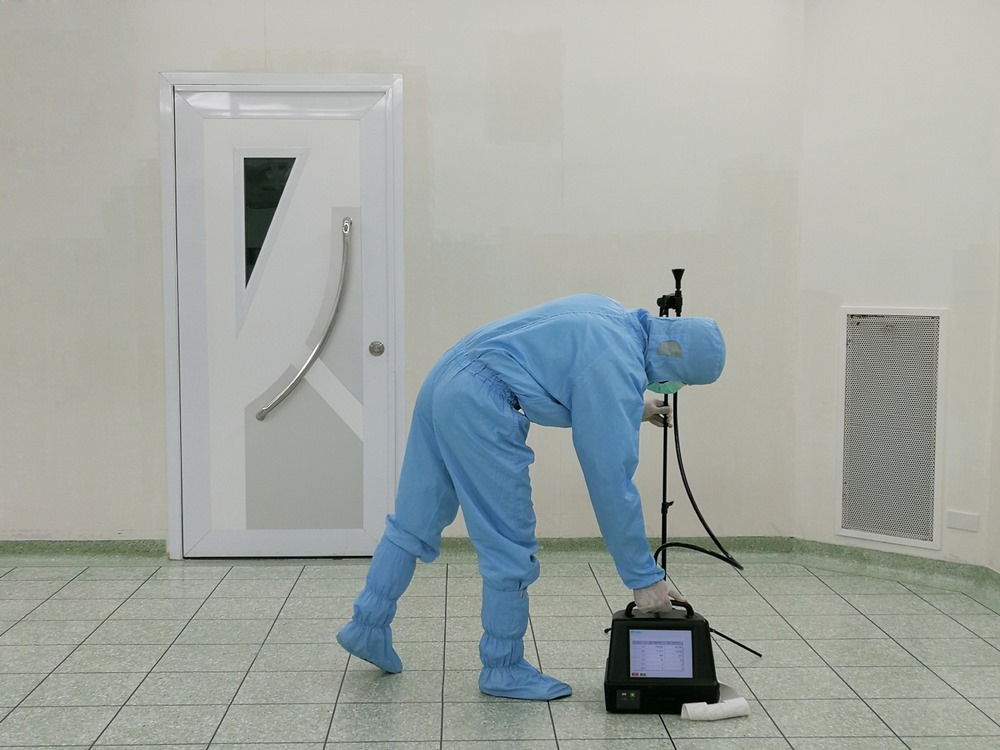Poor indoor air quality is a severe problem. It can cause a variety of health problems, and it can also make you uncomfortable. If you need to check whether your indoor air quality is good enough, you should have it tested. This blog post will discuss the importance of indoor air quality testing and how to do it yourself.
What is Indoor Air Quality Testing
Air quality testing is the process of measuring the concentration of certain pollutants in the air. These pollutants can come from various sources, including cleaning products, building materials, and cooking. A professional inspector or the homeowner can conduct indoor air quality testing. The most important thing is to identify the source of the pollutants and take steps to reduce their concentration. Some standard methods for reducing indoor pollution include ventilating the home, using natural cleaners, and avoiding synthetic materials. By taking these steps, you can help to ensure that your home is safe and healthy for everyone who lives there.
Why is it Important
Most people spend most of their time indoors, so it’s essential to ensure the air quality in your home or office is healthy. Poor indoor air quality can cause various health problems, including headaches, dizziness, and respiratory problems. Indoor air quality testing can help you identify any issues so you can take steps to improve the air quality. Testing can also help you determine if any airborne contaminants could be causing health problems. In some cases, laws or regulations may require indoor air quality testing. Whether it’s needed or not, it’s always a good idea to test the air quality in your home or office to ensure the health and safety of everyone who spends time there.
How to Test Your Home’s Indoor Air Quality
Testing your home’s indoor air quality can be done in several ways. The most common way is to hire a professional service specializing in indoor air quality testing. These professionals will use specialized equipment and techniques to test for pollutants like dust, pollen, pet dander, mold, mildew, radon gas, carbon monoxide, and volatile organic compounds (VOCs). Once they identify any contaminants in the air, they can recommend ways to reduce their levels or remove them completely from your home.
It’s important to remember that testing your home’s indoor air quality is beneficial. It’s only one small piece of the puzzle when creating an environment with clean air. Once your test results come back, you will want to take action to improve your indoor air quality:
• Reduce Pollutant Sources – Look around your home for any potential sources of pollution, such as household cleaning products, pesticides, and other chemicals, construction materials, furnishings, rugs, and carpets that may release hazardous substances into the air.
• Increase Ventilation – Regularly open windows to allow fresh outdoor air and stale indoor air out. It can help reduce levels of pollutants like VOCs and carbon dioxide. Consider installing exhaust fans in bathrooms or kitchens that don’t already have them to boost ventilation further.
• Clean Regularly – Regularly dusting and vacuuming helps reduce particulate matter levels in the air. Ensure your vacuum has a HEPA filter, which will capture more particles than other filters.
• Use Natural Cleaning Products – Avoid using chemical-based cleaners as they can introduce hazardous substances into the air. Instead, opt for safe and non-toxic alternatives like baking soda, vinegar, or lemon juice.
Indoor air quality testing is one way to determine your home environment’s health. Testing may reveal various present pollutants, such as formaldehyde, volatile organic compounds (VOCs), carbon dioxide, and particulate matter. An indoor air quality test typically involves collecting samples from inside and outside the home and comparing them to determine if the indoor air is healthier than outdoor air.
How to Reduce Indoor Air Pollution in Your Home
To reduce indoor air pollution, start by removing any sources of air pollutants such as cleaning agents, paint, solvents, and other chemicals. Keep your home well-ventilated by opening windows or using fans to move fresh air around the house. Don’t use aerosols or other products that release hazardous substances into the air. Instead, use natural products like baking soda or vinegar. Finally, invest in an air purifier to help reduce airborne particles and allergens.
The most effective way to reduce air pollution is to remove the source of the pollutant. This can involve changing air filters, vacuuming carpets and furniture regularly, using an air purifier or dehumidifier, and avoiding aerosol sprays. You may also need to have a professional inspect your home for mold or other sources of pollutants.
Conclusion
Indoor air quality testing is essential for maintaining a healthy home environment. It can help identify sources of pollutants and reduce potential health risks associated with poor air quality. You can do your indoor air quality tests by using affordable test kits or hiring a professional in Texas, USA to inspect. By taking the proper steps to improve indoor air quality, you can help to ensure a safe and healthy home environment for you and your family.


